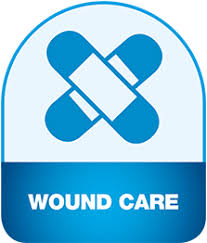
John Edward Greenwood AM
Royal Adelaide Hospital
Title: NovoSorb biodegradable temporising matrix (BTM) - Use in complex burn wounds
Biography
Biography: John Edward Greenwood AM
Abstract
Introduction: The NovoSorb BTM is a completely synthetic bilayer material comprising a dermal component (2mm thick biodegradable polyurethane foam) bonded to a pseudoepidermis of non-biodegradable polyurethane film. Its primary function is to ‘temporise’ wounds, buying time for a definitive closure option to become available. Since the dermal foam becomes integrated and creates a neodermis, it is an ‘active’ temporiser, improving the wound bed for definitive closure.
Methods: During a pilot trial of BTM in 5 significant burn injured patients, and in 13 patients subsequently, several complex problems emerged. With careful planning and meticulous surgical technique, BTM has been used to overcome these problem wounds. Where bone has been exposed, denuded of periosteum or paracranium, two strategies have allowed BTM use, integration and successful closure with split skin grafts. Either the cortex has been drilled to allow granulation from the medulla within) or dermabraded off (exposing medulla, or calvarial diploie). BTM has also been used to reconstruct amputation stumps, where the extent of the burn has left poor coverage (allowing more distal amputation) and providing a significantly better and
more robust stump for prosthesis application. Additionally, in several patients, part of, or the whole back, have been treated by BTM application, integrating despite allowing the patient to lie on them continually. Since the BTM is not yet regulated in Australia, these were treated under the Therapeutic Goods Administration (TGA) Authorised Prescriber Scheme. In all cases a photographic (and sometimes video) record has been taken at every procedure and review and each case will be discussed.
Results/Conclusions: The matrix integrated completely in all cases and graft take was uniformly excellent. There was noincidence of loss or problems with infection. Using BTM the matrix avoided major flap reconstructions in some patients, and yielded a far better result than graft alone in others

